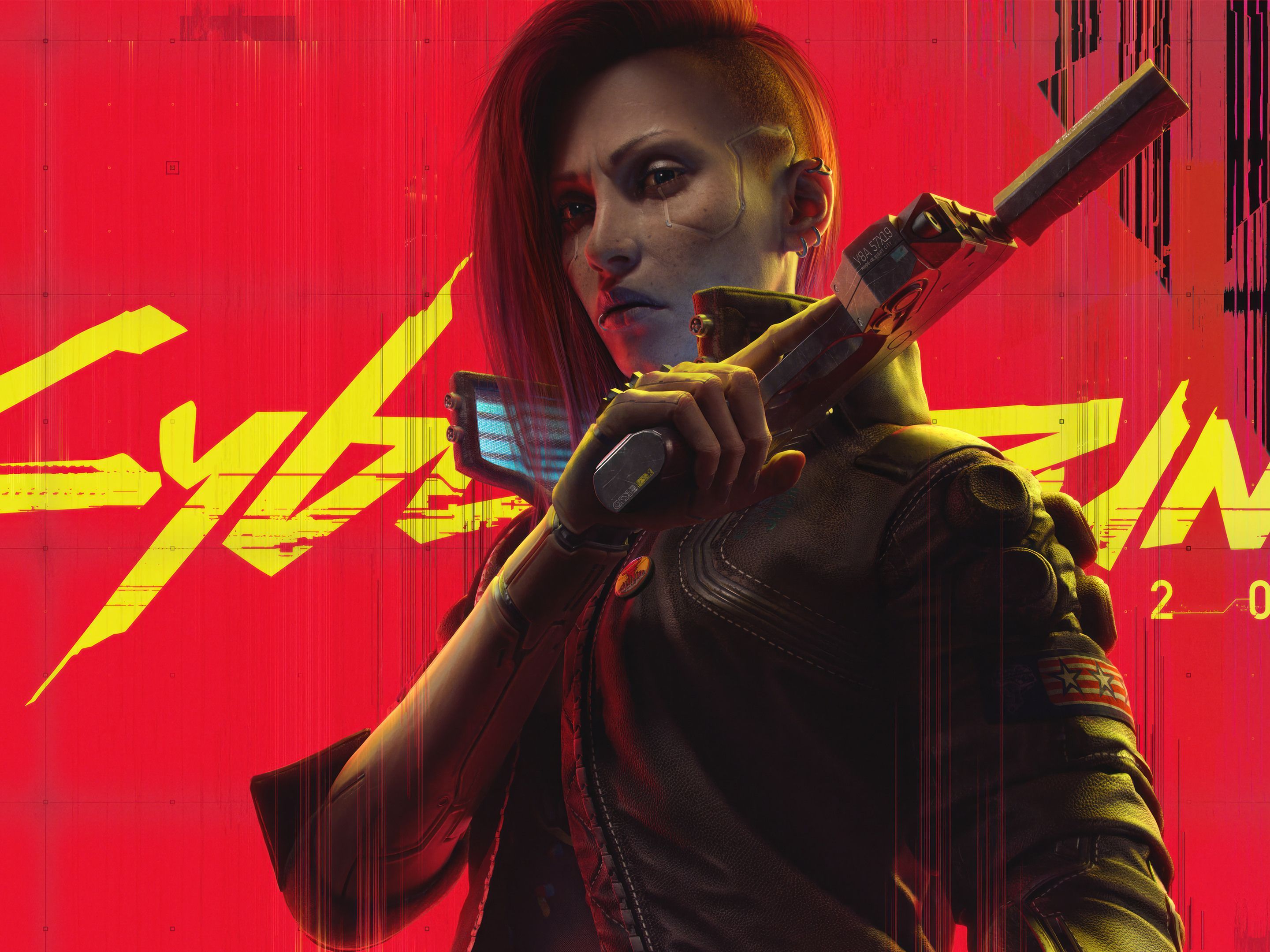Axiom Verge 2 Score: Retro-Inspired Exploration
The world of Axiom Verge 2 is one of stark, beautiful contradictions. A hyper-advanced Breach layered over a primordial Earth. A corporate heiress wielding ancient, brutal weaponry. It is a game built on the tension between the organic and the synthetic, the past and the future. And nowhere is this thematic core more eloquently expressed than in its score. Composed once again by the game’s creator, Tom Happ, the music of Axiom Verge 2 is not merely a nostalgic throwback; it is a masterful act of archaeological synthesis. It unearths the raw, chiptune spirit of the 8-bit and 16-bit eras and meticulously layers it with modern, atmospheric textures, creating a soundscape that feels simultaneously ancient and utterly new.

To understand the score’s achievement, one must first recognize its deliberate departure from its predecessor. The original Axiom Verge’s soundtrack was a powerhouse of aggressive, pulsating synth-rock anthems like "The Amnesia" and "Trace Rises." It was the sound of a corrupted, metallic world, a direct assault on the senses that mirrored Trace’s frantic struggle against biomechanical horrors. Axiom Verge 2, by contrast, is a quieter, more contemplative game. You are not a scientist in a damaged exosuit but an explorer in a parka, often feeling small against vast, indifferent landscapes. The score reflects this shift in perspective immediately and completely. The driving beats and searing lead melodies are largely absent, replaced by a pervasive sense of atmosphere, mystery, and a deep, haunting loneliness.
Happ achieves this through a sophisticated layering of sounds that mirrors the game’s own layered realities. The foundation is often pure, unadulterated chiptune—the crisp, square waves and noise channels of a hypothetical classic system. These elements provide the "retro" signature, the familiar digital texture that immediately grounds the player in a specific aesthetic lineage. Tracks like the initial exploration theme on Earth utilize a simple, melancholic melody line that wouldn’t feel out of place on an NES title screen, evoking a sense of immediate, uncomplicated nostalgia.
But Happ refuses to let the score remain in the past. He seamlessly weaves in modern ambient elements: deep, rumbling sub-bass that you feel more than hear, ethereal pads that hang in the air like mist, and complex, organic percussion that sounds less like a drum machine and more like stones clicking together in a deep cave. This is the "inspired" part of the retro-inspired exploration. A track like "The Breach" is a perfect example. It begins with eerie, atmospheric pads and distant, distorted whispers, establishing a tone of cosmic dread. Then, a simple, repeating chiptune arpeggio emerges, not as a lead instrument but as a rhythmic and textural element within the larger, more terrifying whole. The chiptune is no longer the star; it is a component, a ghost in the machine of a much larger and more sinister soundscape.
This compositional technique directly serves the game’s core themes of duality and connection. The chiptune elements often represent the ancient, digital world of the Breach and its mechanical inhabitants—the clear, logical, but ultimately cold code of a lost civilization. The ambient, organic textures represent the primordial Earth—the wind, the water, the stone, the unknowable and ancient power of nature. When these sounds intertwine, as they constantly do, they create a sonic representation of the game’s reality. They are not separate; they are fused, each defining and giving context to the other. The synthetic sounds gain warmth and mystery from the ambient layers, while the organic sounds gain structure and a faint, technological sheen from the chiptune. It’s a soundtrack that sounds like the concept of synesthesia, where you can hear the blending of two worlds.
Furthermore, the score is a masterclass in player immersion through absence as much as presence. Large portions of exploration are accompanied only by the diegetic sounds of the environment: the crunch of snow, the howl of the wind, the drip of water in a cavern. The music understands the value of silence and space, making its moments of emergence all the more powerful. When a new theme does swell—often triggered by entering a new biome or encountering a story beat—it doesn’t feel like a level’s background music, but a revelation. It is the land itself speaking. The haunting, vocal-like pads that accompany the towering, snow-swept peaks impart a feeling of sacred awe. The more frantic, glitchy patterns that underscore certain enemy encounters in the Breach feel less like combat music and more like the system itself recognizing and reacting to your presence as a foreign pathogen.
In conclusion, the score of Axiom Verge 2 is a profound artistic accomplishment that transcends its genre. Tom Happ has moved beyond pastiche to create a truly original voice. He uses the language of retro game music not as a crutch but as a pigment on a much broader palette. By fusing the nostalgic clarity of chiptune with the immersive depth of modern ambient music, he has crafted a soundscape that is perfectly, inextricably woven into the game’s DNA. It is a score that doesn’t just accompany exploration; it defines it. It is the sound of loneliness and wonder, of technology rusting back into nature, and of ancient power humming just beneath the soil. It is the quiet, unforgettable sound of two worlds becoming one.
















